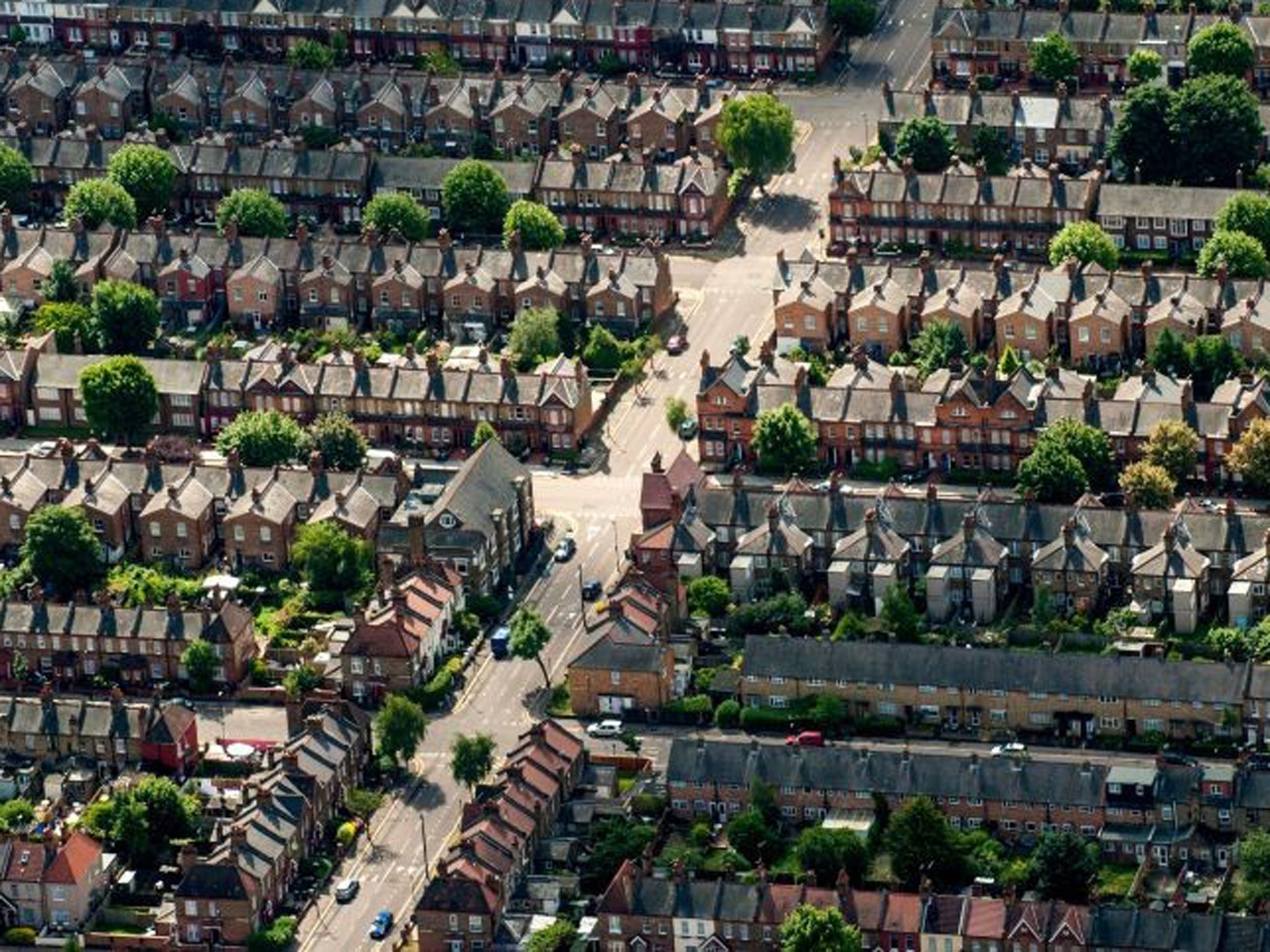House prices rise at fastest rate in more than three years

Your support helps us to tell the story
From reproductive rights to climate change to Big Tech, The Independent is on the ground when the story is developing. Whether it's investigating the financials of Elon Musk's pro-Trump PAC or producing our latest documentary, 'The A Word', which shines a light on the American women fighting for reproductive rights, we know how important it is to parse out the facts from the messaging.
At such a critical moment in US history, we need reporters on the ground. Your donation allows us to keep sending journalists to speak to both sides of the story.
The Independent is trusted by Americans across the entire political spectrum. And unlike many other quality news outlets, we choose not to lock Americans out of our reporting and analysis with paywalls. We believe quality journalism should be available to everyone, paid for by those who can afford it.
Your support makes all the difference.House prices rose at their fastest annual pace in more than three years in September as the market revival spread across the UK, Nationwide has reported.
For the first time since 2007, all 13 UK regions have seen annual house price growth, in signs that "the pick-up is becoming increasingly broad-based", the building society said.
The annual rate of house price increases rose to 5% across the country, marking the strongest uplift seen since July 2010. Prices are also up by 0.9% month-on-month, following a 0.7% monthly increase seen in August, meaning the typical UK home is now worth £172,127.
On a regional level, the biggest increases continued to be felt in London, where prices have risen by 10% year-on-year and at £331,338 typically they are not only at an all-time high but are sitting 8% above their 2007 peak.
But the pick-up remains patchy. Manchester also saw a 10% increase in house prices over the last year and Newcastle recorded an 8% rise - but at the other end of the spectrum, prices were down by 3% annually in Carlisle and by 2% in Southampton.
Despite all regions across the UK seeing house price growth, the gap between average property values in the North and those in the South of England has widened to a new high, topping £100,000 for the first time.
A house in the South of England is typically 74% more expensive than one in the North. Prices in southern regions have risen by 6.1% year-on-year and this increase is almost double the rate of the 3.1% rise seen in the North.
Nationwide said that the 10% year-on-year growth in London marks the first time the English capital has seen a double-digit increase since 2010.
East Anglia saw the second highest annual increase in house prices at 6.6%. House prices were up by 3.6% in Wales year-on- year and by 2.2% in Scotland.
Northern Ireland saw its first annual price rise since 2007, albeit a small 0.9% increase, indicating that prices there are starting to stabilise, Nationwide said.
Northern Ireland has the lowest average house prices out of all the regions, at £108,671. The lowest year-on-year price increase was recorded in the North of England, at 0.2%.
Fears have been growing in recent months that Government schemes such as Funding for Lending and Help to Buy, which have widened mortgage availability and encouraged more low-deposit lending, could be helping to stoke up a house price "bubble", with people overstretching themselves.
But these concerns have been dismissed by lenders and by Chancellor George Osborne, who recently said that house prices have "barely grown" outside London.
Nationwide's chief economist Robert Gardner said the acceleration in house price growth from a subdued pace last year has been "surprisingly quick", although prices are still way off their previous peaks in many areas of the UK.
He said: "Overall, UK house prices are still around 8% below their 2007 highs. However, there is still significant regional variation, with prices in Scotland, Wales and the North of England around 12% to 14% below their previous peaks, while in many southern regions prices are 5% to 7% lower.
"Only in London are prices at an all-time high, 8% above their previous peak."
Mr Gardner warned that house building is still running at levels below what is needed to keep up with demand, which will fuel the upward pressure on prices.
He said: "The risk is that if demand continues to run ahead of supply, affordability may become stretched. House price growth has been outstripping average earnings growth since the middle of the year, for the first time since late 2010."
At the moment, "ultra-low" interest rates are helping to support the affordability of mortgage payments, he said. A typical mortgage payment for a first-time buyer is around 29% of their take-home pay, which is in line with the long-term average.
PA
Join our commenting forum
Join thought-provoking conversations, follow other Independent readers and see their replies
Comments